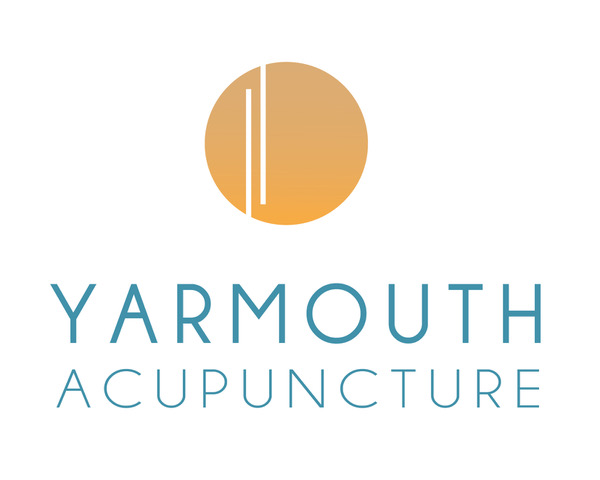
What is TMJ Pain?
TMJ pain can be anywhere from distracting to debilitating.
TMJ stands for temporomandibular joints, referring to the anatomical structures that connect the jawbone to the skull. TMD is the term for temporomandibular joint disorders. According to the National Institute of Dental and Cranifascial Research “the prevalence of temporomandibular joint and muscle disorder (TMJD) is between 5% and 12%.” and while “there is no standard definition for TMJD; it is measured by asking about various types and durations of muscle, joint, and facial pain, difficulty with chewing, joint sounds, etc.”
Causes
The jaw area is a particularly complex meeting of several systems. In addition to this small but crucial joint there are myofascial connections from the scalp, neck, and shoulder all which attach nearby. There is the auditory tube and associated need for fluid passage deep behind these joints and muscles.
Therefore, there may be overlap with ear and sinus fluid congestion, issues with the joint itself, and the surrounding myofascia. Because of the close quarters of all of these different structures there can be several causes which perpetuate each other. Perhaps an initial trauma causes a dislocation, which lead to inflamation and tension. Or stress lead to unconscious clenching of the jaw causing trigger points and some degree of structural changes, etc.
TMD is generally classified by various causes including inflammation, structural changes, muscle tension, jaw dislocation, or degenerative conditions.

